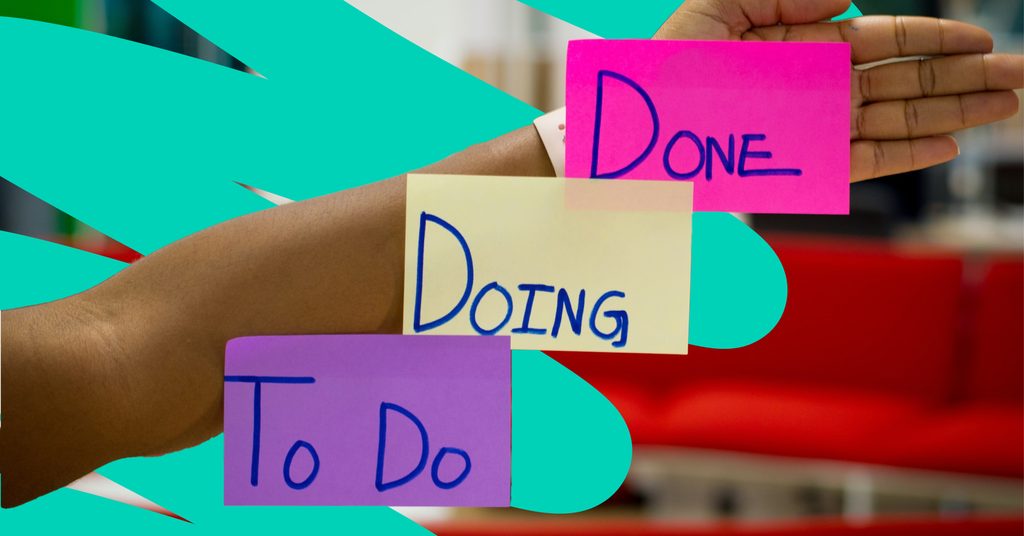Far more than just a corporate buzzword, Agile project management adds value, streamlines workflows, and keeps teams focused on delivering tangible outcomes. Here’s how we use Agile to produce superior client results.
Agile: what is it?
At the principal level, Agile project management is an incremental and iterative approach to delivering projects so the customers see value throughout the project work. Each milestone provides an opportunity to assess the velocity and value; this creates an opportunity to iterate on the next steps instead of taking a more traditional linear path.
TLDR: Our focus is to release tangible and usable benefits throughout the build rather than needing to wait for the end result.
Why does being Agile matter?
When making investment decisions, we often do so in light of the end goal (the outcome); with Agile project management, the aim is to create increments of this outcome so we can utilise and ultimately maximise the value of the investment.
Additionally, Agile is built around actual business practice; that is to say, businesses also don’t operate linearly – we need to pivot, adjust and realign consistently to ensure we maintain maximum velocity towards our objectives and goals.
How is Agile different to other project management methods?
Traditionally, project management is more waterfall based; Define the goal, Take aim, Launch and Drive forward. Whilst this approach has benefits, it doesn’t always afford us maximum value; as with many things, if we only look at what’s in front of us, we can miss the bigger picture and, therefore, the broader opportunity.
What are the core principles of Agile?

- Collaboration over contract negotiation (working with, not for)
- Individuals and interactions over tooling and process (people over process)
- Responding to change over following a structured plan (see plans as frameworks, not fixation)
- Working solutions over comprehensive write-ups/over documenting (working well today is better than working perfectly tomorrow)
Here’s a taster of how we use Agile in practice.
What benefits does Agile working bring?
Agile project management is built on empowerment, accountability, and encouraging diversity of thinking and ideas, which unlocks value quicker and prompts continuous benefits.
It’s designed to improve and increase user engagement; by making incremental changes over a course of time, it becomes evolutionary rather than revolutionary, supporting improved understanding and adoption which is critical for successful project implementation and retention of change.
Agile encourages tighter testing and feedback models so we can weed out any ‘unnecessarys’ and constantly challenge assumptions in real time.
Does Agile work for everyone?
In principal, yes, but Agile is a skilled methodology with many facets and techniques (which we’ll talk to in future posts), so adopting Agile in a way that’s best for your organisation should be done with guidance from and collaboration with a skilled partner.
At Human Made, we are proud of our work in this space and have seen transformational value from using Agile working with our clients throughout our history. We will continue to promote the Agile as part of our value proposition.
